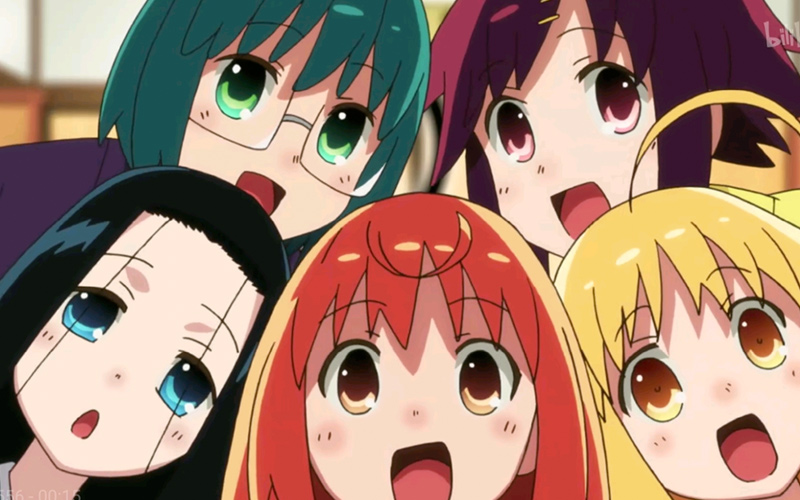Akemashite omedetou to all J-List readers! We had a nice, quiet New Year’s Day, relaxing in the morning and watching Ratatouille with the kids, since 2008 is the Year of the Rat according to the Chinese Zodiac. After that we did what we do just about every year, going to our local Shinto shrine to pray for good luck in the new year. When we were done we wandered around the grounds, buying new omamori good luck charms for all family members and browsing the stalls that sold everything from chocolate covered bananas to takoyaki (batter balls with bits of octopus meat inside, yum). As is often the case, I found myself the only foreigner standing in a long line of thousands of people, which takes a little getting used to: the knowledge that everyone around me is pretending not to bend their ear to listen to what this American who is speaking Japanese is saying while kids stare at me like I’ve just arrived in Admiral Perry’s Black Ships, can be disconcerting. 3% of the population of our small city is made up of foreigners, mostly from countries like Brazil, Peru and Iran, yet as usual I couldn’t find a single non-Japanese on the grounds of the Shrine, preparing to partake in this fun bit of Japanese culture. I don’t believe the lack of other gaijin at the shrine has to do with differing ideas on religion, as the traditional first prayer of the New Year is cultural, not religious. Instead, I think it has to do with the foreign population not wanting to accept the Japanese culture that’s all around them, and the xenophobic Japanese being perfectly happy to go along with this arrangement. This is something that local governments in Japan should try to change: there should be a lot more cultural mingling between foreigners who live in Japan and their Japanese hosts, with ideas traded both ways. Well, that’s my own little wish for 2008.
In Japan, a person is legally considered to be an adult at the age of twenty, and in January towns across the country hold ceremonies celebrating the coming of age of their young people, who gather at the local Culture Hall to pose for pictures in their smart-looking new suits and colorful kimonos before enduring boring speeches from the mayor and city councilmen. This year brings a reminder of Japan’s population problems, however, with official numbers published by the government setting the number of new seijin (legal adults, individuals born in 1987) this January at just 1.35 million, a 1.08% drop from last year. Notably, the number of new adults this year is even lower than the last Hinoeuma year, 1966, when millions of Japanese couples avoided having children due to a widely-held superstition that girls born in the fifth cycle of the Year of the Horse will be too strong-willed to find happiness or husbands, which yielded just 1.36 million new adults when they came of age in 1986. Many other countries have issues with declining birth rates, but in Japan, an island nation with only a small amount of immigration, the problems are magnified.
I’ve written before about Japan being a “supplier heaven,” for companies that manufacture products and provide services. In general, sellers of products benefit from stricter pricing models and are able to capture a greater percent of the final purchase price than in any other country. Products like beer or cigarettes sold at the rural liquor store my wife’s parents run yield less a mere 5% profit for them, and many other products, from books to CDs to makeup, are generally sold with a fixed pricing structures that would be unthinkable in the U.S. today. One of the first shocks a foreigner coming to live in Japan gets is “key money” that must be paid before moving into an apartment, totalling six times one month’s rent, which covers things like a deposit, a fee to the agent who found the apartment for you, and “thanks money” paid to the owner for graciously allowing you to live there. Another unique practice in Japan is hotels that charge per-person, requiring you to pay, say, $150 for one person to stay or $300 for two. Surprisingly, it’s been the arrival of large American companies like the major Hollywood studios or Western hotel chains to the Japanese market that’s brought about the most change in recent years, as they import more customer-friendly business and pricing models and force less efficient Japanese companies to follow or get left behind.















